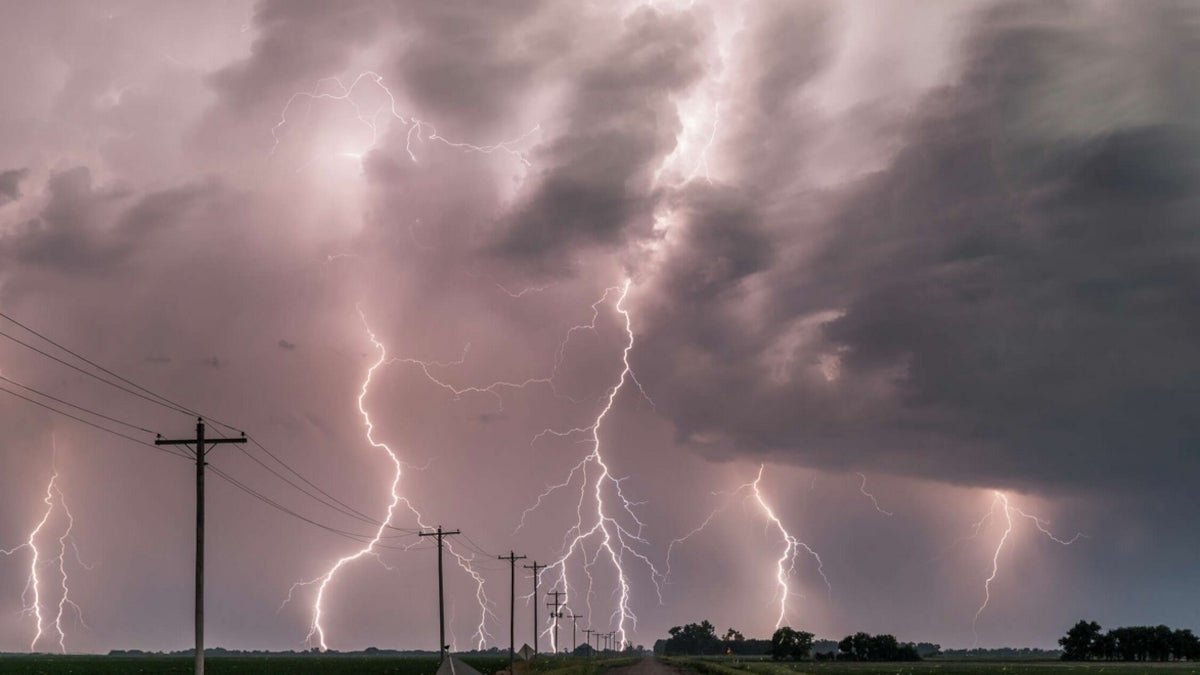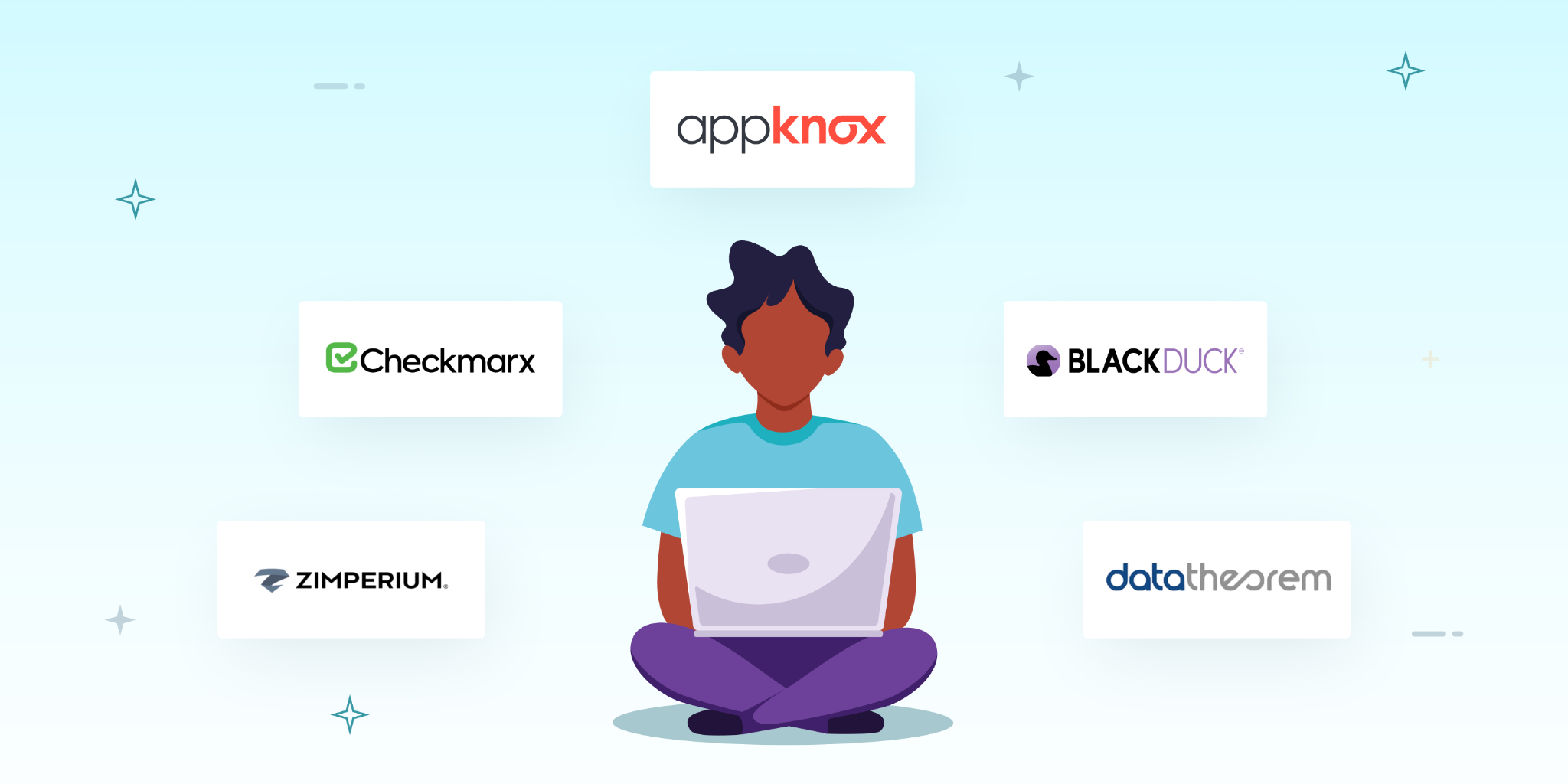Many of Dark Sky’s hyperlocal features will be integrated into the native iOS weather app
It also explains how the native iOS weather app now shows down-to-the-minute precipitation forecasts and hourly forecasts for the next ten days including temperature, precipitation amounts, humidity, dew point, wind speed, barometric pressure, ‘feels like’ temperature, and visibility. Dark Sky features integrated into the native weather app are only available in certain countries (more on this below) and only for those using a device powered by iOS 16, iPadOS 16, or macOS Ventura.
The iOS native weather app
The 10-day forecast is available for most countries and regions. If you’re using iOS 15.2 or earlier, this information is sourced from The Weather Channel. Severe weather information is available from national weather services for Australia, Brazil, Canada, India, Japan, Mexico, Thailand, the United States, and most countries and regions in Europe. For those living on the China mainland, severe weather is sourced from QWeather.
Apple will offer its WeatherKit API to third-party weather apps
Temperature maps and 12-hour precipitation maps are available for most countries and regions. Those in Ireland, the United Kingdom, and the United States can receive next-hour precipitation maps. Temperature and precipitation map data is provided by Apple Weather while those running iOS 15.2 or earlier will see data obtained from The Weather Channel.
Third-party weather apps that used data from Dark Sky will no longer be able to do this starting on March 23rd of next year. Instead, Apple will offer its WeatherKit API as a replacement. An API is an Application Programming Interface and essentially it allows two apps to communicate and share data. In this context, the Dark Sky API shared weather data with third-party apps. With the Dark Sky API closing on March 23rd, 2023, these third party weather apps will be able to use Apple’s new WeatherKit API for data instead.
If you’re looking for a replacement for Dark Sky, you can use the iOS native weather app, which, as we said, will have some of Dark Sky’s features integrated. Or you can go to the App Store and look up “Hyperlocal weather apps.” There are quite a few to choose from although we’d suggest that you go through the comments section in the App Store to look for red flags. Some of these apps ask for in-app payments which is why you might be better off with the iOS 16 native weather app.

















;Resize=(1180))


Discussion about this post